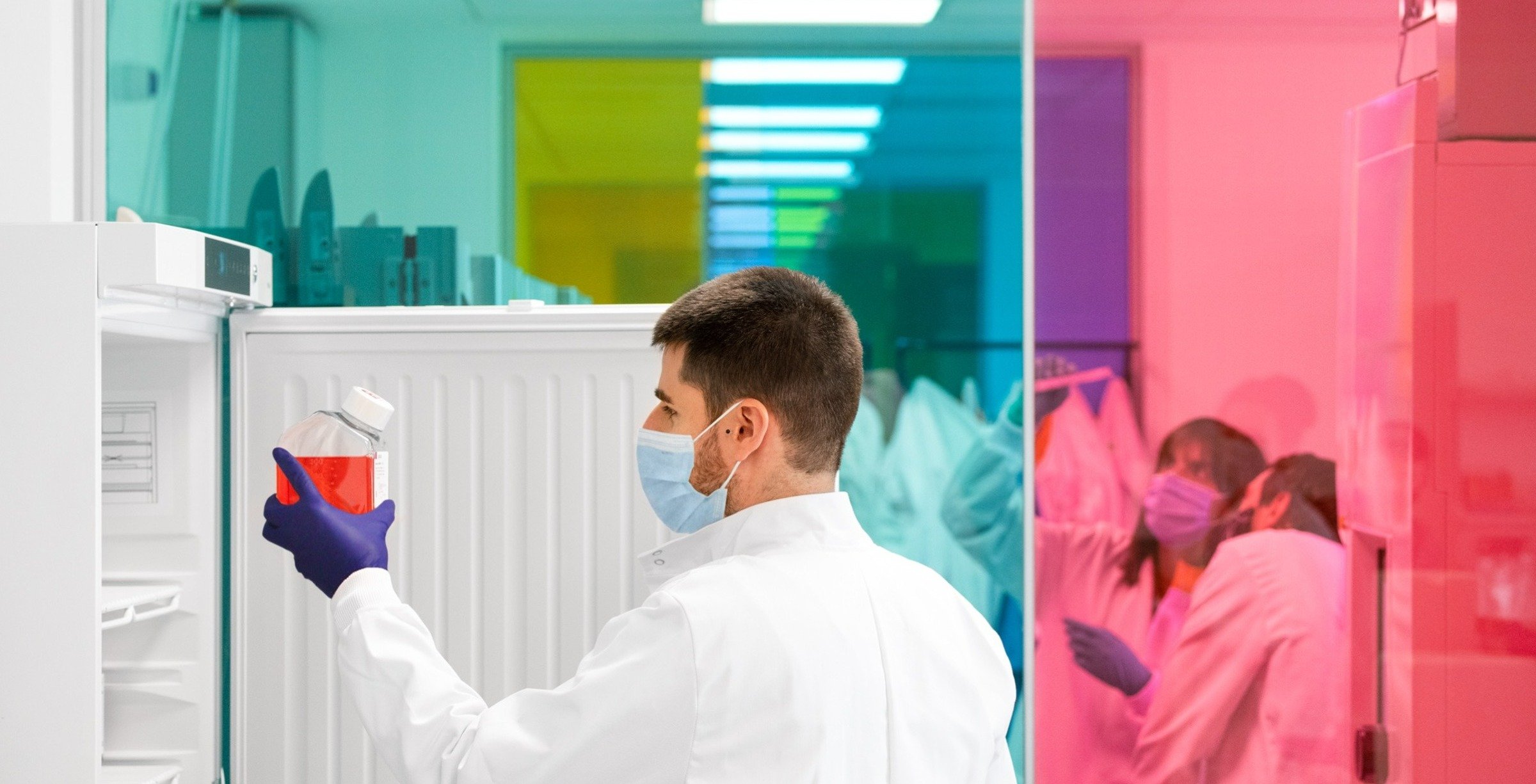Consistent, defined and scalable human iPSC-derived disease models for Duchenne muscular dystrophy research and drug discovery
Powered by opti-ox
Powered by opti-ox
Duchenne muscular dystrophy (DMD) is a fatal X-linked form of muscular dystrophy caused by mutations in the dystrophin gene, leading to progressive muscle weakness, and degeneration of skeletal and cardiac muscle tissue. Antisense oligonucleotide therapy has recently emerged as a promising treatment for DMD. To continue this groundbreaking research, scientists need access to a translatable muscular dystrophy model that accurately recreates key aspects of the disease in vitro.
bit.bio provides defined, consistent, and scalable iPSC-derived cells engineered with common DMD-causing exon deletions that result in a lack of dystrophin protein. The cells offer a valuable model for translational research on how the exon deletion impacts muscle cell function, and for the investigation of methods for dystrophin restoration, such as ASO-mediated exon skipping.
Discover ioDisease Model Cells for DMD research below.
Access our platform to generate custom disease model cells to answer your drug discovery or disease research questions.
